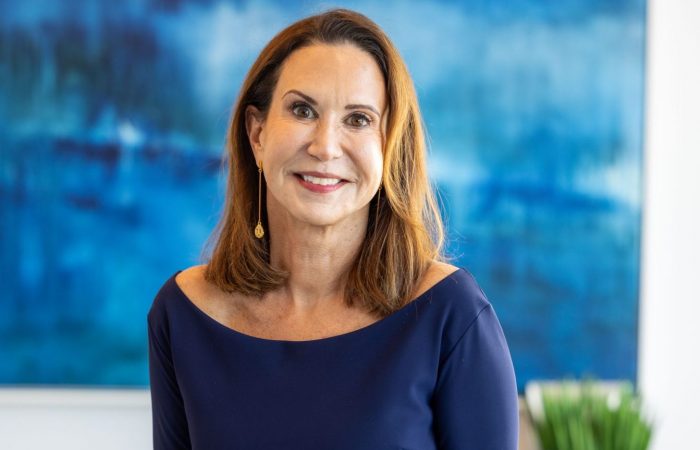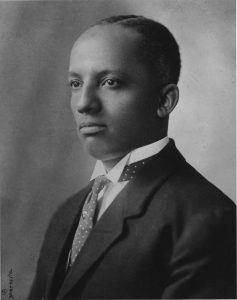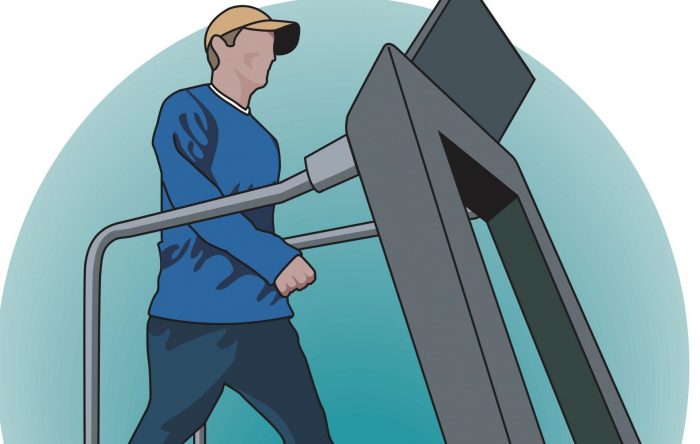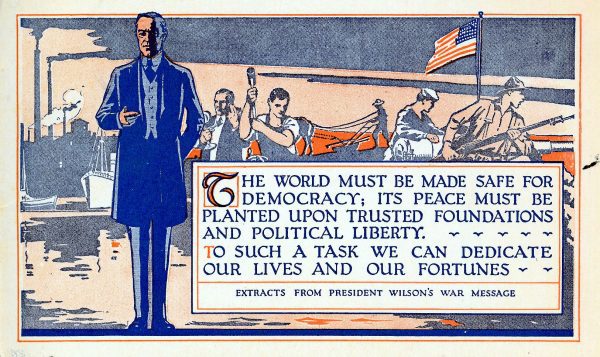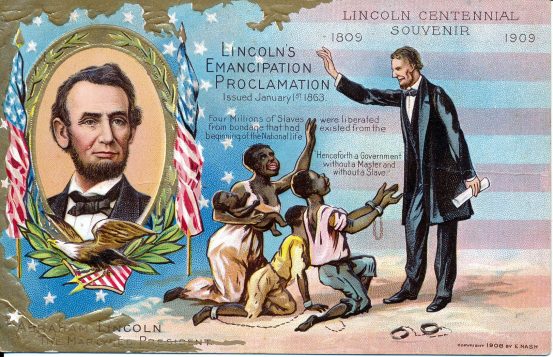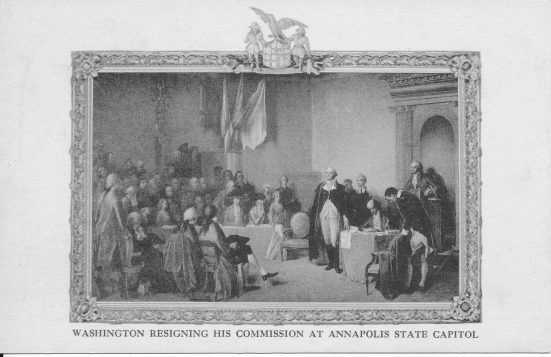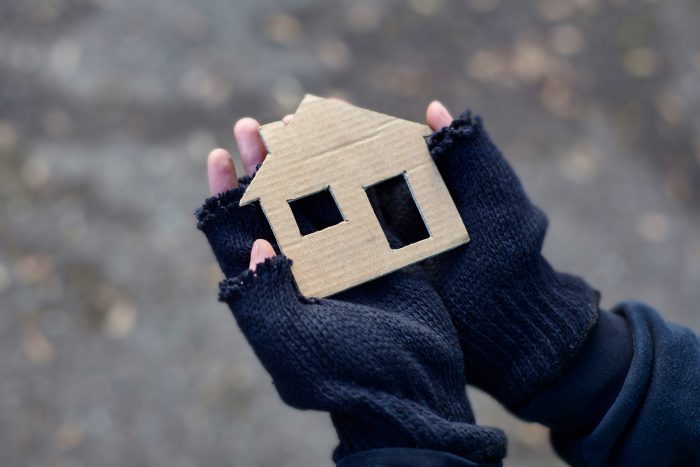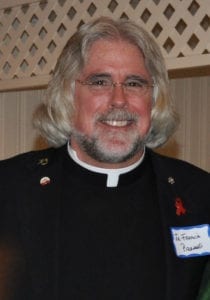By Leah S. Dunaief

Publisher
The debate over the value of a college education continues. If anything, it has intensified, with the answer usually given in relative earnings over a lifetime, as if we were evaluating buying a house compared to renting an apartment. While education has its economic side, there is so much more to consider on the subject.
First the obvious. A four year college degree has always been thought of as a ticket to a better life because of the financial advantages it is thought to offer. College grads, in the main, earn higher wages, suffer lower unemployment, and as a result of having more income, enjoy better health and easier access to home ownership, the traditional wealth builder.
However, today there are jobs that don’t require a college degree but do pay well. These might include those in construction, those that offer professional certificates in technology, bootcamp coding, in short jobs that come with trade school degrees, associate degrees or apprenticeships. This path works if the student already has such a goal and knows what he or she wants to do.
But what else do students get from a college experience besides, perhaps, a substantial amount of debt? Student debt is the highest category of debt in the United States, totaling $1.76 trillion according to recent data. That is the result of private colleges averaging $223,200 over the course of four years, and even public institutions costing $104,000.
So what could make college worth the price? For starters, how many 17-year-olds know what career they want for the rest of their lives? College gives students a chance to discover themselves, be exposed to different disciplines and see what appeals to them. Those years are unlike any other, if the student is fortunate for the luxury of their focus on study without other responsibilities, like holding a job, caring for a spouse and children, paying a car loan or even a mortgage. So often, students enter college with vague ideas of a major only to switch dramatically by the third year.
College students often have opportunities for travel, for research and certainly to network professionally and socially. Just meeting others from different regions, religions and cultures provides enormous knowledge and often encourages friendships that last a lifetime. While those possibilities certainly exist for those outside a college environment, the bonding that results from sharing a campus and even a dorm increases those contacts. College is a privileged cocoon in which to grow up.
Some of the debate about the value of college has been brought on by the colleges themselves. While historically over the last half century prices have risen perhaps three percent, the annual cost of college has increased by six percent. There had to be a time of reckoning as a result of that disparity, and the time has now come.
College offers knowledge, which is not so say that people cannot learn outside of those base paths. College also offers education, which is somewhat different in my opinion. Anyone can learn facts. Just reading the daily newspapers or books conveys knowledge. A college education, however, is a more systematized attempt to show how different disciplines developed, leading to today. It encourages personal and intellectual growth in a structured way.
Education, and more is better, is a tremendous benefit not only to the individual but also to society. We have an example of that with the GI Bill after WWII. That legislation made it possible for millions of people of ordinary means to gain a college degree. What followed was an unprecedented half century of growth and prosperity for the United States. Education was the ladder that made such possible.
Today we are facing the opposite. As a result of the pandemic, education has suffered a substantial setback for our students, a gap we may never bridge. And further debate over the value of education in a college setting is further risk for progress. Other nations put so much importance on education that they make college free for all their members. We are going in the opposite direction at considerable risk to our national standing.
It would be nice if all youngsters experienced the tremendous satisfaction of learning. To attend college in order to get the diploma is one thing. For some of the reasons stated above, that can be a goal. But to learn for the sake of learning, and not just to do well on Jeopardy!, is another.
To make that clearer, I would liken the brain to a muscle. When we exercise the muscle systematically and regularly, it grows and becomes stronger. It also feels good to experience that exercise, especially after a visit to the gym. The more we stretch the brain with knowledge, the more it will grow. And with growth, life becomes more satisfying. No one wants to stagnate.
My mother, who passionately valued education, used to say, “Someone might take away your possessions, but no one can take away your education.” In our world, with so much uncertainty, how clever it would be to build on something so secure as education. And to graduate from college is to acquire more of that great asset, for ourselves and our country.
Now all we have to do is figure out how to make our higher education free.




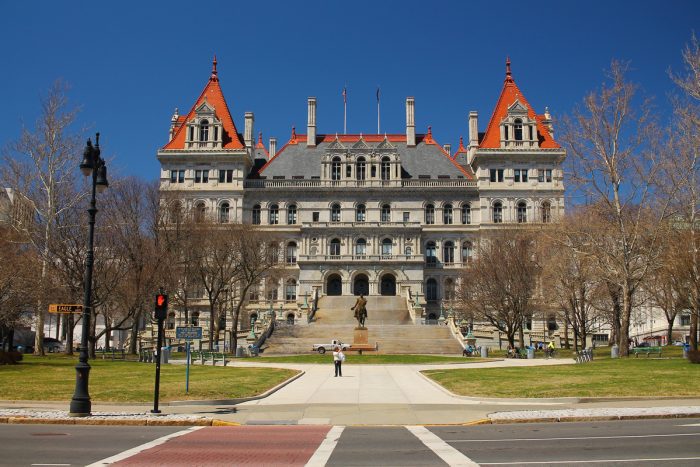

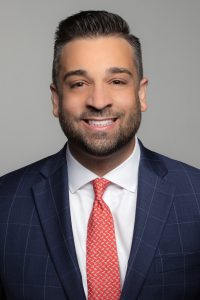 One of your important sources of retirement income will likely be Social Security — but when should you start taking it?
One of your important sources of retirement income will likely be Social Security — but when should you start taking it?




